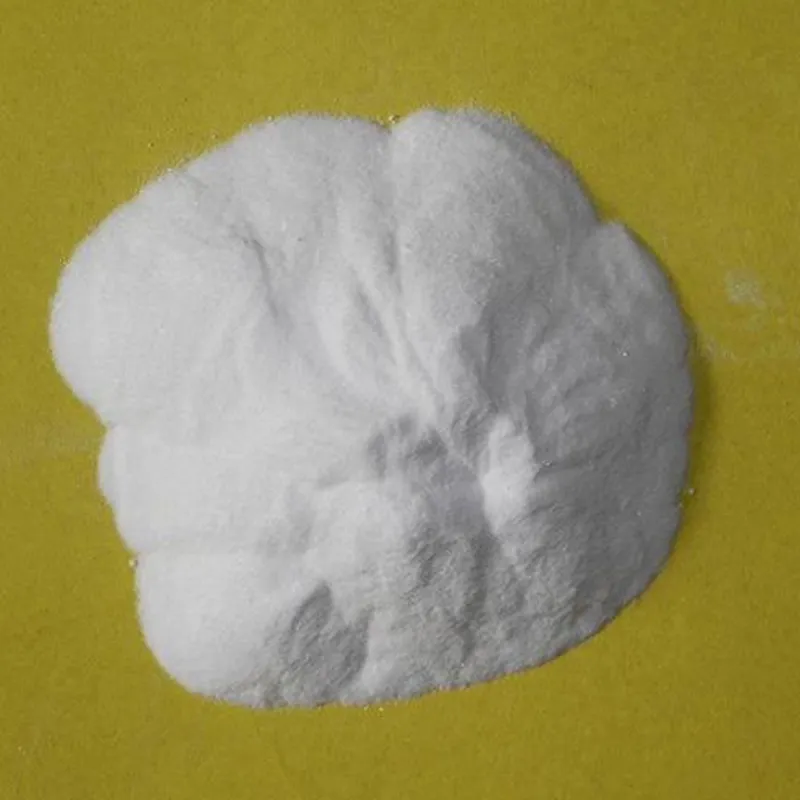
Understanding the Role and Safety of Preservative E621 in Food Products
Understanding Preservative E621 A Comprehensive Overview
In the realm of food additives, few substances have sparked as much debate and discussion as preservatives. Among these additives, E621, commonly known as monosodium glutamate (MSG), has garnered significant attention. Originally discovered in the early 20th century, MSG quickly gained popularity as a flavor enhancer, particularly in Asian cuisine. However, its safety and potential health impacts have been scrutinized over the years, leading to a complex understanding of this ingredient in modern food processing.
What is E621?
E621, or monosodium glutamate, is the sodium salt of glutamic acid, an amino acid that occurs naturally in certain foods such as tomatoes and cheese. The compound acts as a flavor enhancer by intensifying the savory taste known as umami, which is one of the five basic tastes alongside sweet, sour, bitter, and salty. This unique flavor profile has made MSG a favored addition in various culinary applications, including soups, sauces, processed meats, and snack foods.
Production and Applications
The production of MSG typically involves fermentation processes that use starch sugars derived from carbohydrates such as sugar cane or corn. This biotechnological method not only provides a more sustainable means of production but also ensures the compound's purity. Food manufacturers have adopted E621 widely due to its efficacy in enhancing flavors, allowing them to reduce sodium content in products while still delivering a satisfying taste experience.
E621’s usage extends beyond just flavor enhancement. It also plays a role in food preservation, although its primary function remains to amplify flavors. Its presence in food can improve palatability, attract a broader consumer base, and increase the enjoyment of various dishes, making it a staple in both home cooking and food service.
Safety and Controversies
preservative 621

Despite its widespread use, the safety of E621 has been a contentious issue. In the late 1960s, several reports linked MSG consumption to adverse reactions such as headaches, nausea, and more severe symptoms, which was popularly termed Chinese Restaurant Syndrome. Since then, there has been extensive research into the potential health effects of MSG.
The majority of scientific studies conducted have concluded that MSG is safe for the general population when consumed at typical levels. Regulatory bodies such as the Food and Drug Administration (FDA), the European Food Safety Authority (EFSA), and the World Health Organization (WHO) classify MSG as “generally recognized as safe” (GRAS). However, there remains a small percentage of individuals who report sensitivity to MSG, necessitating labeling for transparency in food products.
The Cultural Perspective
The perception of MSG varies significantly across cultures. In some regions, particularly in many Asian countries, MSG is regarded as a culinary tool that enhances flavor complexity and food enjoyment. Conversely, in Western nations, it often faces skepticism and is sometimes linked to negative health associations. This dichotomy illustrates how cultural attitudes toward certain food additives can shape consumer behavior and regulatory approaches.
Conclusion
E621, or monosodium glutamate, is a multifaceted food additive that plays a vital role in enhancing flavors and extending the shelf life of various products. While the science largely supports its safety, ongoing discussions highlight the need for consumer awareness and understanding. Acknowledging individual sensitivities and promoting transparency in labeling can empower consumers to make informed choices about the foods they consume.
As our understanding of food science evolves, so too does our relationship with ingredients like E621. Balancing the enjoyment of flavorful foods with health considerations will remain a critical conversation in the food industry. Ultimately, whether one embraces or shuns MSG, it is essential to appreciate the complexities of food additives in our modern diet and approach them with an open mind grounded in scientific evidence.
-
Understanding Synthetic Rubber OptionsNewsApr.27,2025
-
Trichloroisocyanuric Acid: Essential for Clean and Safe WaterNewsApr.27,2025
-
Sodium Dichloroisocyanurate: Key to Safe Water TreatmentNewsApr.27,2025
-
Sodium Acid Pyrophosphate: Essential in Modern Food ProcessingNewsApr.27,2025
-
Essential Water Treatment ChemicalsNewsApr.27,2025
-
Denatured Alcohol and Its Industrial UsesNewsApr.27,2025
-
The Versatile Uses of Sodium BicarbonateNewsApr.24,2025
Hebei Tenger Chemical Technology Co., Ltd. focuses on the chemical industry and is committed to the export service of chemical raw materials.
-

view more DiethanolisopropanolamineIn the ever-growing field of chemical solutions, diethanolisopropanolamine (DEIPA) stands out as a versatile and important compound. Due to its unique chemical structure and properties, DEIPA is of interest to various industries including construction, personal care, and agriculture. -

view more TriisopropanolamineTriisopropanolamine (TIPA) alkanol amine substance, is a kind of alcohol amine compound with amino and alcohol hydroxyl, and because of its molecules contains both amino and hydroxyl. -

view more Tetramethyl Thiuram DisulfideTetramethyl thiuram disulfide, also known as TMTD, is a white to light-yellow powder with a distinct sulfur-like odor. It is soluble in organic solvents such as benzene, acetone, and ethyl acetate, making it highly versatile for use in different formulations. TMTD is known for its excellent vulcanization acceleration properties, which makes it a key ingredient in the production of rubber products. Additionally, it acts as an effective fungicide and bactericide, making it valuable in agricultural applications. Its high purity and stability ensure consistent performance, making it a preferred choice for manufacturers across various industries.











